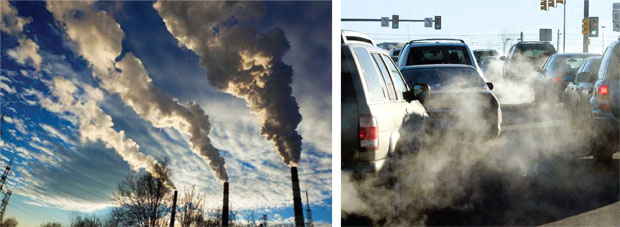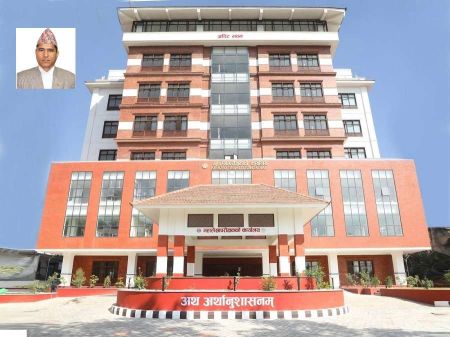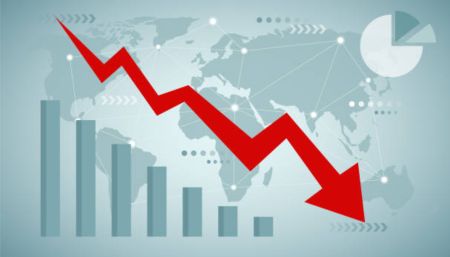
--By Sushma Dawadi
Air pollution is the form of pollution where chemicals, particulates, biological or other harmful materials are mixed into the atmosphere that causes diseases and death to humans, damage to other living organisms as well as damage to the environment. The amount of air pollution in less developed countries is substantially more than the highly developed countries. However, some cities of the developed countries like Beijing, Paris etc are considered equal contributors for air pollution, like other cities of the least developed countries.
Global Scenario
According to a 2014 report of World Health Organization (WHO), air pollution caused seven million deaths in the year 2012 making air pollution the single largest environmental health risk factor in the world. The report says that one out of every eight deaths in the world is due to air pollution. As a result of air pollution, there is a strong correlation between pollution and cardiovascular diseases like stroke and heart diseases, respiratory diseases, including acute respiratory infections and chronic obstructive pulmonary disease (COPD) and lung cancer.
COPD affects 329 million people or nearly five percent of the world’s population. In 2011, it was the fourth leading cause of death, killing over three million people. More than three million people died due to COPD in 2005 across the globe, which is equal to five percent of all deaths globally in that year. Almost 90 per cent of COPD deaths occur in countries with low and middle income levels. Total deaths from COPD are projected to increase by more than 30 per cent over the next 10 years.
Inhalation is one of the common routes for air pollutants to enter the human body and this ultimately damages the respiratory system leading to COPD diseases. COPD is characterized by a persistent blockage of air flow from the lungs. Both ultrafine and fine particles could reach our lungs leading to death in the long run. It is the fourth leading causes of death in the USA, recording for over 120,000 deaths annually.
.jpg) Impact on Human Health and Environment
Impact on Human Health and Environment Air pollution can have adverse impacts on human cardiovascular system and central nervous system. Various studies have shown that children, elderly and people with lung and heart diseases are more vulnerable to the health effects of air pollution. The common signs and symptoms are persistence cough, shortness of breath, wheezing, chest tightness etc. Carbon monoxide helps to run out the oxygen from the bloodstream that causes apathy, fatigue, headache, disorientation, and decreased muscular coordination and even visual acuity. Approximately three million people die each year due to air pollution in the world which is responsible for increases in out-patients visits in hospitals, admission and even high mortality rate according to WHO estimates of 2011 report. WHO report of 2013 states that India has the highest death rate due to air pollution. Approximately 50,000 people die each year in China due to air pollution.
In our Context
Nepal has the image of being the top of the world due to its pristine mountains, natural flora and funa. However in contrast to this, thick clouds of pollution created due to dust particles in the air and vehicular emission of carbon monoxide in the environment pose threats to Kathmandu, the capital city. It has the reputation of being a pollution hotspot and people are suffering from the dusty and smoky air, emissions of harmful gases in the environment as well as shortage of running water. The number of vehicles operating in Kathmandu is increasing at an alarming rate of about 14 per cent per year. Nepal has ranked at the 177th position out of 178 countries for air quality in the 2014 Environmental Performance Index, better only than Bangladesh. Numerous studies, even the rate of hospital visits and admission of large number of population, have shown that there is a strong relationship between the level of air pollution and the sharp rise in respiratory illnesses. The major sources of air pollution are vehicle emissions, dusty roads, use of various materials as the source of energy as well as shortage of running water. Due to these factors, air pollution is responsible for increases in out-patients visits in hospitals, admission and even high mortality rate now-a-days.
Preventive Measures
As air pollution is very dangerous and serious threat to the public health, some preventive measures should be introduced to save the millions of lives as well as the environment. Some of these are recommended hereunder:
• Government should promote efficient/effective public transport system and promote the use of vehicles which make less sir pollution.
• Prepare a plan to discourage the use of polluting and old vehicles.
• Public construction works should be done safely so that they may not directly affect the health of general public.
• Provision of sufficient running water, green parks in the city
• Proper management of dumping materials and wastages. If possible take initiatives for re-processing of wastage materials.
• Adoption of safety measures while working in polluted areas.
• Proper management of sewerage system and
• Public awareness campaigns for informing people about the impact of air pollution.
Conclusion
The effects caused by air pollution include difficulty in breathing, wheezing, coughing, asthma and worsening the respiratory and cardiac conditions of human health. These effects can result in increased use of medication; increase the frequency to visit the hospitals and sometimes premature/sudden death. Unless effective action is taken timely by the concerned authority, this problem is bound to get worse and worse day by day and ultimately make more adverse impact on the human health and surrounding environment in the long run. Collective efforts for reduction of air pollution will potentially save millions of lives, prevent against non-communicable diseases and the degradation of environment.
(Dawadi is Senior Research Officer at Deurali Janta Pharmaceuticals Pvt.Ltd and the opinions expressed in this article are her own.)





















